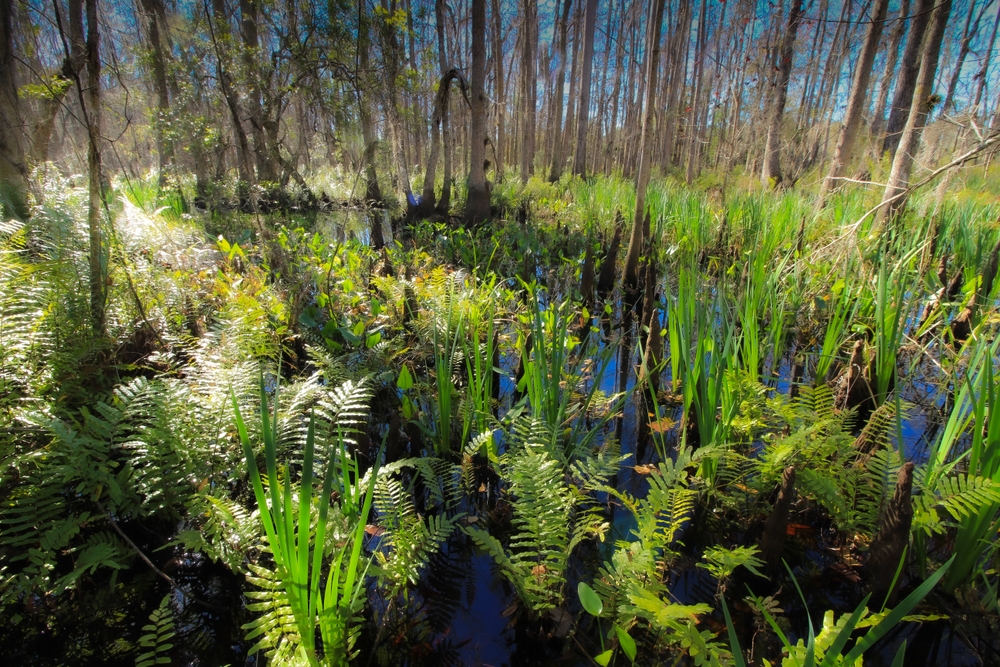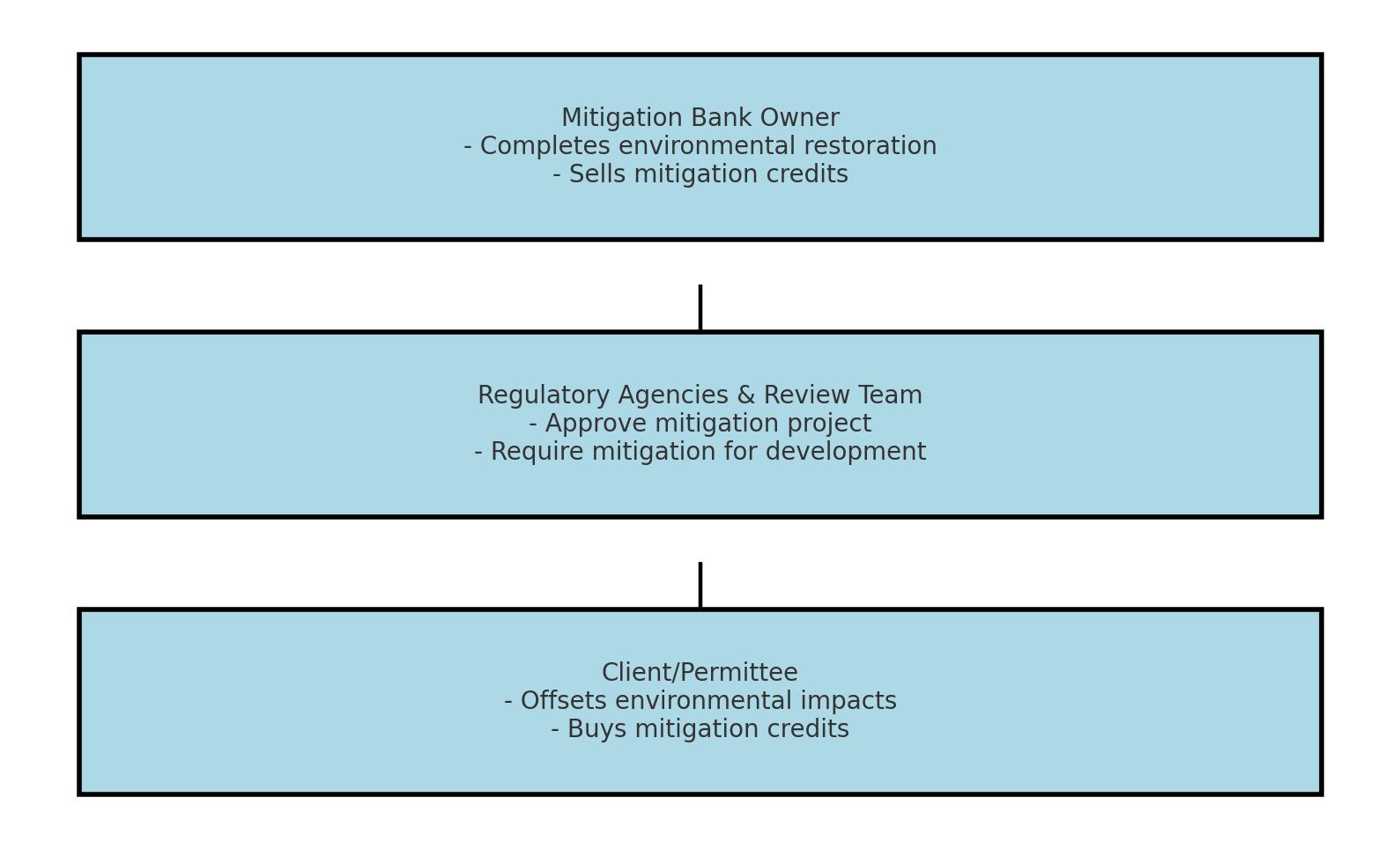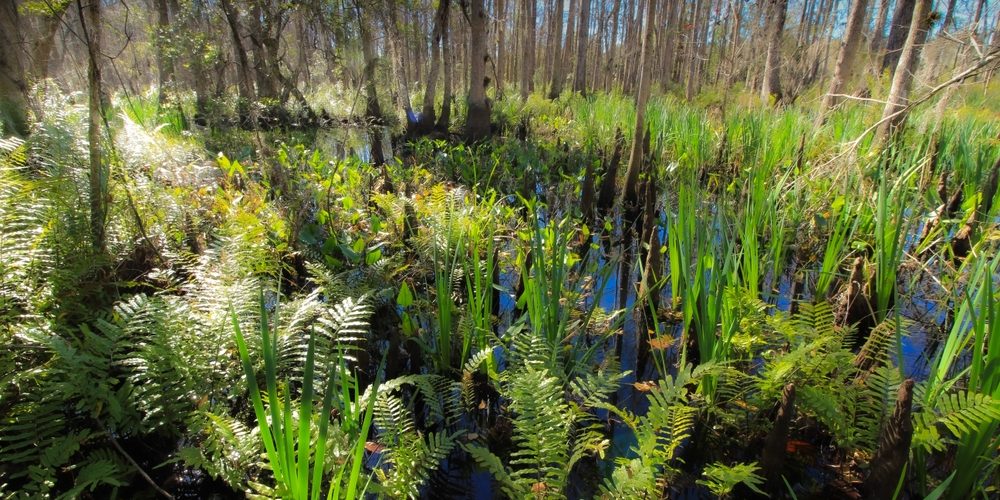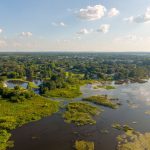
Understanding the Wetland Mitigation Process
Wetlands are vital ecosystems that maintain ecological balance, support biodiversity, and protect against flooding. However, development projects such as housing, transportation, and infrastructure expansions can disrupt or destroy these critical areas. To address these challenges, the wetland mitigation process has emerged as a crucial framework to offset environmental impacts while enabling sustainable development.
Key Players in the Wetland Mitigation Process
The success of the wetland mitigation process depends on the collaborative efforts of three key stakeholders:
1. Mitigation Bank Owners
Mitigation bank owners spearhead environmental restoration projects on designated sites. These efforts create or enhance wetlands, generating measurable ecological benefits in the form of mitigation credits. These credits are sold to offset the environmental impacts of development projects elsewhere.
2. Regulatory Agencies and Inter-Agency Review Teams
Regulatory bodies review and approve mitigation projects to ensure compliance with environmental regulations. They mandate developers to mitigate their project’s environmental impacts through the purchase of mitigation credits, ensuring a “no net loss” of wetlands.
3. Clients/Permittees
Clients, such as developers, municipalities, or other project sponsors, are responsible for offsetting environmental impacts caused by their activities. They purchase mitigation credits from mitigation banks to fulfill regulatory requirements.
How the Process Works
The wetland mitigation process can be broken down into the following steps:
Step 1: Environmental Restoration
Mitigation bank owners identify and restore degraded wetlands or create new wetland areas. Restoration activities may include removing invasive species, planting native vegetation, and enhancing hydrology.
Step 2: Regulatory Review and Approval
Regulatory agencies evaluate the mitigation project for compliance with environmental standards. Approved projects receive mitigation bank permits, enabling the sale of credits.
Step 3: Credit Purchases
Clients with projects that impact wetlands assess their need for mitigation. They purchase credits from mitigation banks to offset their impacts, fulfilling regulatory requirements and supporting environmental sustainability.
Roles at a Glance:

The wetland mitigation process ensures a balance between development and conservation. Through this collaborative approach, stakeholders work together to protect critical ecosystems while supporting responsible growth.
For more insights into wetland mitigation or to explore how mitigation credits can support your project, contact Victoria Bruce at victoria@mitigationbankinginc.com.







